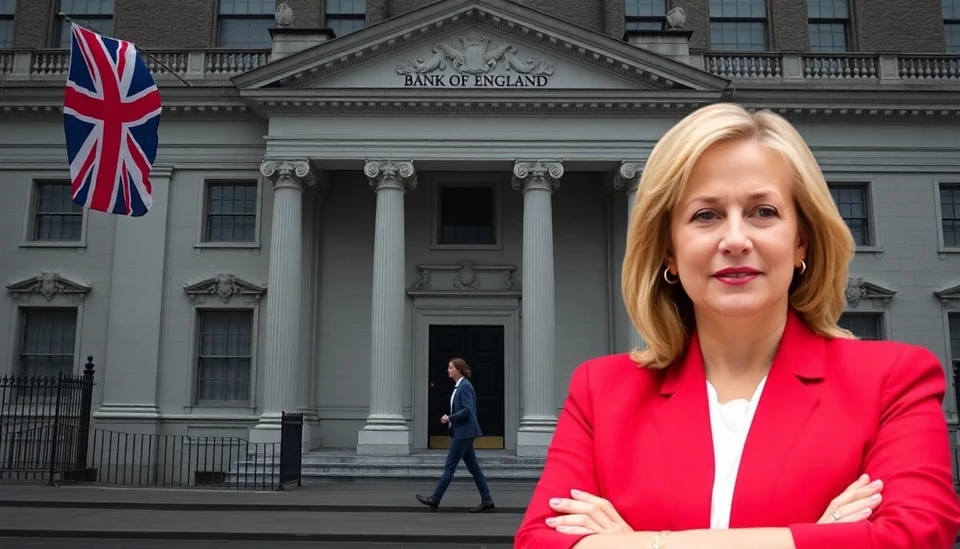
In a significant turn of events impacting the global economy, recent data indicates that job growth in the United States has moderated markedly. The latest reports highlight a shift in the labor market dynamics, suggesting a cooling trend that has raised eyebrows among economists and analysts alike. This development places the U.S. economy in a precarious position as it strives to balance inflation control with sustainable job creation.
The U.S. Bureau of Labor Statistics released figures showing that while job growth remains positive, the pace has decelerated compared to previous months. This moderation is being attributed to several factors, including rising interest rates, ongoing geopolitical tensions, and uncertainty surrounding the Federal Reserve's next moves. The economic indicators suggest that businesses are becoming more cautious in their hiring practices, indicating potential challenges in the labor market ahead.
In a parallel development across the Atlantic, the Bank of England has unveiled a proactive strategy by announcing a cut in interest rates. This unexpected decision aims to stimulate economic activity in response to sluggish growth rates and persistent inflation. The central bank's move has sparked discussions among economists who are divided over the potential effectiveness of rate cuts in the current economic climate. Some argue that lower rates could boost consumer spending and investment, while others caution that it may not be sufficient to counteract the underlying economic headwinds.
The juxtaposition of these two economic landscapes—moderating job growth in the U.S. and rate cuts in the U.K.—highlights a critical juncture for the global economy. Investors are closely monitoring these developments as they create ripples across markets, influencing currency valuations and investment strategies worldwide. The interconnectedness of global economies means that decisions made by leading economic powerhouses can resonate far beyond their borders, affecting trade relationships and financial flows.
Analysts are urging stakeholders to remain vigilant as they navigate through the uncertainties posed by these recent adjustments. The interplay between job growth rates, central bank policies, and inflationary pressures will be pivotal in shaping the future economic outlook for both the United States and the United Kingdom. As data continues to roll in, observers are keenly awaiting further insights to gauge the effectiveness of these measures and their broader implications.
The Road Ahead: Challenges and Opportunities
Looking forward, the potential for a slowdown in job growth in the U.S. could pose a challenge for the Federal Reserve in its ongoing battle against inflation. With the central bank already facing scrutiny regarding its previous rate hikes, any misstep now could have serious consequences for economic stability. Meanwhile, the Bank of England's willingness to adjust rates demonstrates a flexible approach amid growing concerns of economic stagnation and rising living costs, which may provide a model for similar institutions grappling with their own economic dilemmas.
In conclusion, the moderation of job growth in the U.S. and the Bank of England's decision to cut interest rates represent pivotal moments in our current economic narrative. Economists and policymakers must now walk a tightrope, striving to encourage growth without exacerbating inflation concerns. As these stories unfold, it is clear that the coming months will be critical for both nations and, indeed, the wider global economy.
#USEconomy #JobGrowth #BankOfEngland #InterestRates #GlobalEconomy #EconomicTrends #FinancialMarkets #InflationControl
Author: Laura Mitchell




